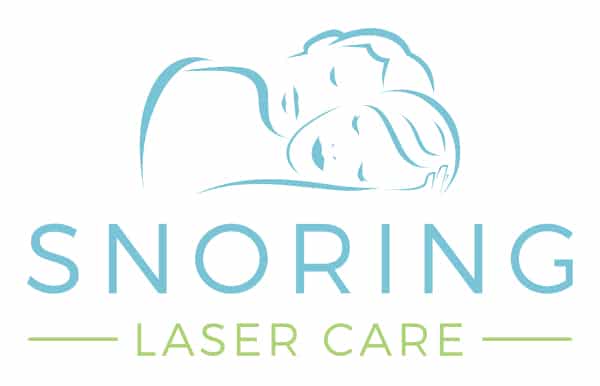What CPAP Machines Are and Other Options
A CPAP device is the most common treatment for patients with sleep apnea.
What does CPAP mean?
CPAP stands for continuous positive airway pressure devices. These machines provide pressurized air for consistent airflow and uninterrupted sleep. Through a special mask, the CPAP machine keeps airways open – preventing the periods of apnea that come from airway closures.
What are CPAP machines used for?
Obstructive sleep apnea occurs when the airway becomes involuntarily obstructed. The obstruction causes patients to stop breathing during sleep. In many apnea cases, this happens up to 30 times per hour and each episode lasts about 10 seconds.
CPAP devices are used to treat the symptoms of obstructive sleep apnea. While there’s no cure for sleep apnea, CPAP devices provide uninterrupted oxygen flow during sleep. This allows patients to receive a good night’s sleep and avoid the constant waking that comes from apnea related oxygen deprivation.
CPAP machines have been an effective method of treating sleep apnea for a few decades. (Check out the supplies needed for a CPAP machine). Other methods for treating sleep apnea such as mouthguards, positioning therapy, and even surgeries have not proven to be as successful in maintaining an open airway as a CPAP device.
What are the drawbacks of a CPAP?
Patients often cite a handful of drawbacks to using a CPAP device. Many find the machine loud and difficult to adjust to the correct settings.
There’s a steep learning curve to correctly position and adjust the mask. Many patients report anxiety and claustrophobia when becoming accustomed to the mask.
As a result, up to 50% of patients abandon their CPAP without a doctor’s approval.
Check out this article about the CPAP cost.
Are there alternatives to CPAP?
There are alternatives to a CPAP device. However, few options have provided long term success in treating the symptoms of sleep apnea.
Here are just a few options for sleep apnea patients:
Sleep positioning therapy
Occasionally effective for patients with mild to moderate sleep apnea, positioning therapy trains patients to sleep on their side. Most patients experience episodes of sleep apnea when resting on their backs. The purpose of sleep therapy is correcting sleep positions that tend to cause apnea. Few patients find this method a sufficient means of managing their sleep apnea.
Mouthguards
Mouthguards may help some patients with mild to moderate sleep apnea. Specially crafted mouthpieces position the jaw to keep the airway open as the patient sleeps. Some patients see relief from this approach, while others see improvement in their sleep apnea symptoms for only a few weeks or months.
Surgery
Surgical options for sleep apnea range from relatively minor operations to highly invasive procedures.
Less invasive operations like tonsil and adenoid removal and tongue reduction surgery have been met with only mild success at best. Drastic surgeries like mandibular repositioning surgery have a much higher success rate. Unfortunately, these surgeries are highly invasive and can have a 3-6 week recovery period.
NightLase
NightLase is one of the most promising alternatives to a CPAP. A relative newcomer, NightLase is a laser therapy designed to strengthen the tissue around airways to prevent their collapse during sleep. NightLase is performed in-office and patients experience only minimal discomfort during treatment. Treatment consists of four 30 minute sessions for 12 weeks. Suitable NightLase patients experience effective long term relief from sleep apnea symptoms upon completion of their NightLase therapy.

